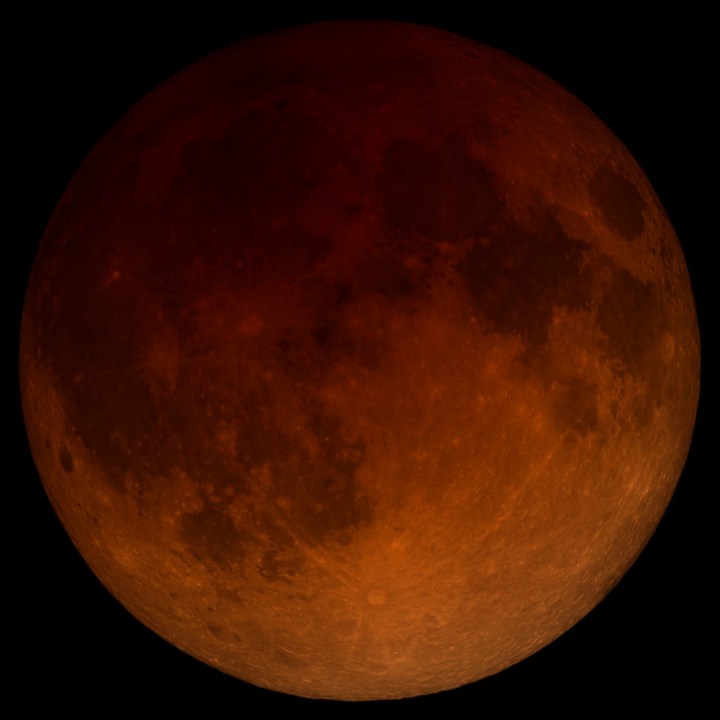There’s a chance to observe a special astronomical event, as the night of May 15-16 will see a total lunar eclipse. It’s a great opportunity to stop and look up into the sky, and we’ve got information on how you can watch the event — whether you want to head outside and see it yourself or stay wrapped up warm inside and watch online.
What to expect from the lunar eclipse

An eclipse happens when the moon is on the exact opposite side of Earth than the sun, so that Earth casts a shadow over the moon. It’s relatively common for there to be partial lunar eclipses, in which part of the moon is shadowed by the Earth, but the event this weekend is a rarer total lunar eclipse. This happens around once every one-and-a-half years, when the moon is in complete shadow.
As the Earth, sun, and moon move into position, you’ll see a shadow appearing across the face of the moon, moving over it until it blocks it out entirely. The shadow is called the umbra, and the point at which it covers the moon completely is called the totality.
For a more in-depth explanation about how lunar eclipses happen and how they are different from solar eclipses or phases of the moon, NASA has a helpful video:
How to watch the lunar eclipse
The good thing about lunar eclipses is that, unlike solar eclipses, they are completely safe to look at and require no special equipment. If you do have binoculars or a telescope, then this is a good excuse to get them out and observe the moon, but you can see the eclipse with the naked eye as well — providing there aren’t clouds in the way, so cross your fingers for good weather.
It’s also possible to view the eclipse from anywhere in the world where it’s dark during the right hours. In this case, that includes a full view of every stage of the eclipse from the eastern half of the United States and all of South America. Totality will also be visible from many other places, including most of Africa and central Europe. Have a look at the interactive NASA map to see when totality will occur where you are.
It should be easy to see the eclipse when it happens. “The whole half of Earth in darkness during those hours will be able to see it,” said NASA astronomer Alphonse Sterling. “You don’t have to work too hard to find a good vantage point. Just go outside!”
The eclipse will also be an opportunity to see more stars, according to astronomer Mitzi Adams: “No moon means more visible stars,” Adams said. “During totality, if the skies are clear, we may even be able to see the Milky Way itself, showing up as a hazy white river of stars stretching away in a curving arc.”
Watch the eclipse online
If you can’t get outside, if the weather is bad, or if you’re in a location that won’t be dark at the right time, then you can watch the eclipse online. NASA has a stream of the eclipse featuring views from telescopes around the world, along with expert commentary. The stream begins at 11 p.m. ET (8 p.m. PT) on Sunday, May 15, and you can watch along using the video embedded below:
Editors' Recommendations
- How to watch the first crewed flight of the Starliner spacecraft
- The first views of the eclipse are coming in, and they’re stunning
- How to safely watch April’s total solar eclipse, in person or online
- How to photograph April’s solar eclipse, according to Nikon
- How to watch three crew members launch to the ISS on Thursday



